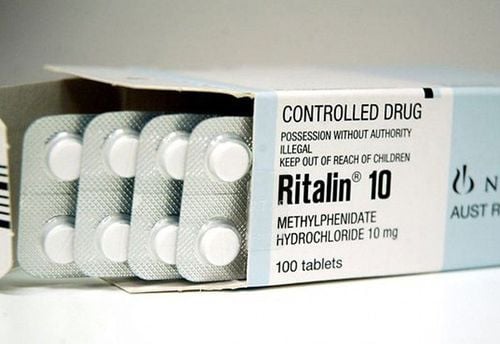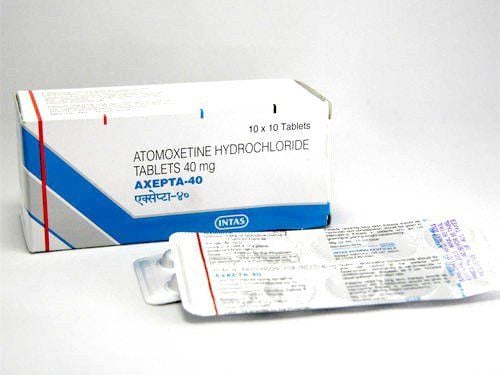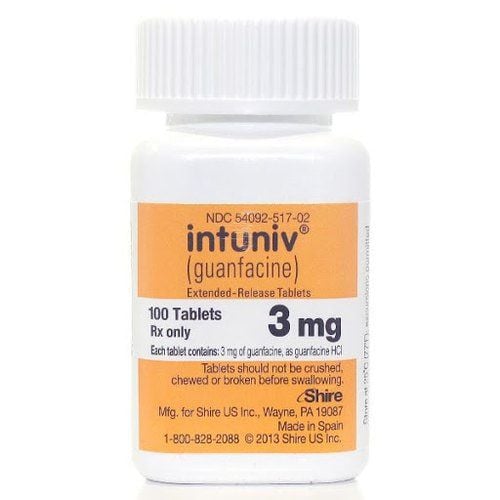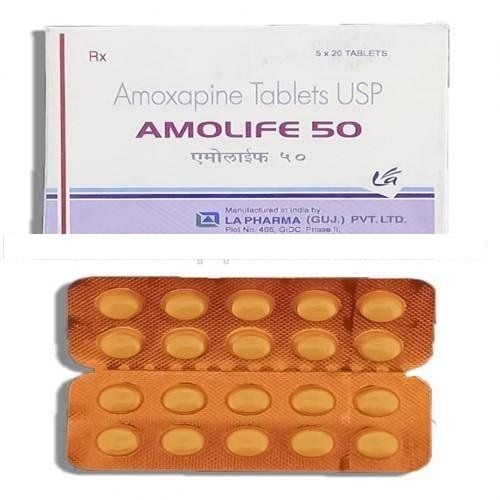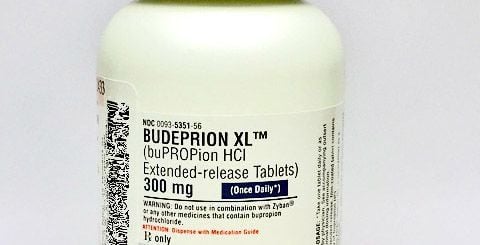This is an automatically translated article.
Attention-deficit/hyperactivity disorder is a chronic condition that affects a variety of emotions, behavior, and learning abilities. Usually people divide attention deficit hyperactivity disorder into 3 different types. With each type, there are different manifestations and interventions.1. Overview of Attention Deficit Hyperactivity Disorder
Attention-deficit/hyperactivity disorder is a mental disorder that causes a person to have decreased concentration, increased activity, or both.
Attention Deficit Hyperactivity Disorder (ADHD) can affect anyone, anyone, but occurs more often in men.
Symptoms of ADHD usually begin to appear in children between the ages of 3 and 6, the average age at diagnosis is 7 years. Although attention deficit hyperactivity disorder also occurs in adults, the prevalence is lower and is currently on an upward trend.
Causes of Attention Deficit Hyperactivity Disorder: The exact cause of ADHD is unknown. However, some suggest that ADHD may develop in relation to a number of factors, such as:
Eat too much sugar . Children watch too much TV or live in a very chaotic environment. Genetics: This is a factor that plays a role in the development of ADHD. Other factors studied include traumatic brain injury, exposure to toxins such as lead, pregnancy or early childhood, alcohol or tobacco use during pregnancy, premature birth or childbirth. light weight.
2. Classification of Attention Deficit Hyperactivity Disorder
Attention-deficit/hyperactivity disorder is divided into three main categories: inattentive type, hyperactive type, and a combination of both.
Each type of attention deficit hyperactivity disorder is associated with one or more different and specific characteristics for each type. These behaviors typically manifest in the following ways. Below are the unusual manifestations of each type.
2.1 Inattentive Type If you have this type of ADHD, you're more likely to experience symptoms of inattention than impulsivity and hyperactivity. People with this type of inattentive behavior often:
Reduced attention so often miss details and easily distracted, quickly bored. Having trouble focusing on a single task, such as reading a book. Often has difficulty organizing thoughts and learning new information. Children may lose pencils, papers, or other items needed to help them complete the task. They don't seem to listen to what others say. Usually move more slowly and appear to others as if they are daydreaming They process information more slowly and less accurately than others. Having some trouble following the instructions. This type is more common in girls diagnosed with ADHD than boys. 2.2 Type of Hyperactivity This type of hyperactivity is characterized by symptoms of impulsivity and extreme hyperactivity. People with this type may have few signs of inattention, but it is often not as pronounced as other symptoms.
People with hyperactivity often:
Always squirm, restlessness or feel restless Children with hyperactivity often have difficulty sitting still, talking continuously. Touch or play with objects, even if they are not suitable for their task. Difficulty participating in activities that require quiet. Constantly moving, impatient. There are actions that are unruly and do not think about the consequences of that action. It is possible to give an answer and a comment that are not appropriate to the situation. Children with hyperactivity can often be disruptive in the classroom. Children can make learning more difficult for themselves and for other students. More boys are diagnosed with ADHD than girls. 2.3 Cohesion Type If you have an association pattern, it means that your symptoms aren't just inattention or hyperactive behavior. Instead, a combination of symptoms from both types will be expressed.
Most people, with or without this combination, have some degree of inattentive or hyperactive behavior. Inattentive and hyperactive behavior in this category occurs more frequently and affects functioning at home, school, work, and in social situations.
Most children have the combined type, which is also more common in boys than in girls. Symptoms can also change over time, so the type of ADHD you have may also change.
3. How is attention deficit hyperactivity disorder diagnosed?
Children usually show symptoms before age 7. But it can also share symptoms with other disorders. Therefore, to make a diagnosis, steps should be taken:
First, the doctor will ask questions and do a physical exam to rule out conditions such as depression, anxiety, and some sleep problems. Then, they will use a handbook that has been given detailed behaviors that can help diagnose the disease. A person must exhibit at least six of the nine major symptoms for a particular type of ADHD. To be diagnosed with combined ADHD, you must have at least six symptoms of inattentive and hyperactive behavior. These behaviors must be present and cause disturbances in daily life for at least 6 months, and the manifestation must also be present in many places such as schools and homes. In general, the diagnosis is based on the symptoms of the disease. But to make a diagnosis it is still necessary to rule out other psychological problems, as well as physical disorders.
4. Is Attention Deficit Hyperactivity Disorder Curable?
ADHD though not curable and preventable. But treatments can help increase quality of life and reduce symptoms.
Treatments include: Psychotherapy, medication, lifestyle changes, support... In addition, some preventive measures can be helpful to prevent the development of the disease, including These include: should practice healthy habits and should avoid smoking or exposure to secondhand smoke, abuse of stimulants during pregnancy.
Most children, when diagnosed with this disorder early, no longer have significant symptoms by the time they are in their 20s, but still exist and affect you. As a result, you may need treatments, such as medications, therapies, or a combination, to help keep the disease under control.
Please dial HOTLINE for more information or register for an appointment HERE. Download MyVinmec app to make appointments faster and to manage your bookings easily.
Reference source: healthline.com



